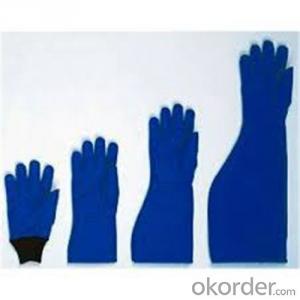Composite Foam Sandwich Panels: Combining Strength and Insulation
Have you ever marveled at the engineering marvels that surround us? The way a bridge stands tall against the test of time, or how a skyscraper reaches for the sky without a care in the world? It’s not just about the aesthetics, but the science and technology behind these structures that make them possible. One such innovation that has been making waves in the construction and aerospace industries is the use of Composite Foam Sandwich Panels. These panels are a testament to the ingenuity of human engineering, combining the strength of composite materials with the insulation properties of foam.
The Art of Sandwiching
Imagine a sandwich, but not the kind you’d find in your lunchbox. This sandwich is made of three layers: two strong, rigid outer layers and a lightweight, yet strong, core in the middle. That’s the basic concept behind composite foam sandwich panels. The outer layers, typically made from composite materials like carbon fiber or fiberglass, provide the necessary strength and rigidity, while the core, made from a lightweight foam, offers insulation and energy efficiency.
The Science of Composites
Let’s delve a bit deeper into the science of composites. Composite materials are made by combining two or more different materials to achieve properties that are superior to the individual components. In the case of our sandwich panels, the composite materials are engineered to be lightweight, strong, and resistant to various environmental factors. This makes them ideal for applications where durability and performance are key.
The Role of Foam in Insulation
Now, let’s talk about the foam. The foam core in these panels is not just there for show. It plays a crucial role in providing thermal insulation, reducing the amount of heat that can escape or enter a structure. This is particularly important in extreme climates, where maintaining a comfortable temperature inside a building or vehicle can be a challenge.
Applications Beyond Construction
While you might initially think of composite foam sandwich panels in the context of construction, their applications are far more diverse. They are used in aerospace for their lightweight and strength-to-weight ratio, making them perfect for aircraft and spacecraft. They are also finding their way into the automotive industry, where they are used in high-performance vehicles to improve fuel efficiency and reduce emissions.
The Environmental Impact
It’s not just about performance; these panels also have a positive impact on the environment. By providing better insulation, they help reduce energy consumption, which in turn lowers greenhouse gas emissions. This is a small but significant step towards a more sustainable future.
The Future of Sandwich Panels
As technology continues to advance, so does the potential for composite foam sandwich panels. Researchers are constantly exploring new materials and techniques to improve their strength, insulation properties, and overall performance. Who knows what the future holds, but one thing is for sure – these panels are here to stay.
A Personal Touch
I’ve always been fascinated by the intersection of science and art in engineering. Composite foam sandwich panels are a perfect example of this blend. They are not just functional; they are also a work of art in their own right. Each panel is a testament to the creativity and innovation of the engineers who designed them.
Embracing the Sandwich Panels Revolution
So, the next time you walk past a building or board an aircraft, take a moment to appreciate the unseen heroes – the composite foam sandwich panels. They might not be the first thing you notice, but they are an integral part of the structures that protect and serve us every day.
In conclusion, composite foam sandwich panels are a remarkable innovation that combines the strength of composite materials with the insulation properties of foam. They are versatile, efficient, and environmentally friendly, making them an ideal choice for a wide range of applications. As we continue to push the boundaries of what’s possible, these panels are sure to play a significant role in shaping the future of construction, aerospace, and beyond.

